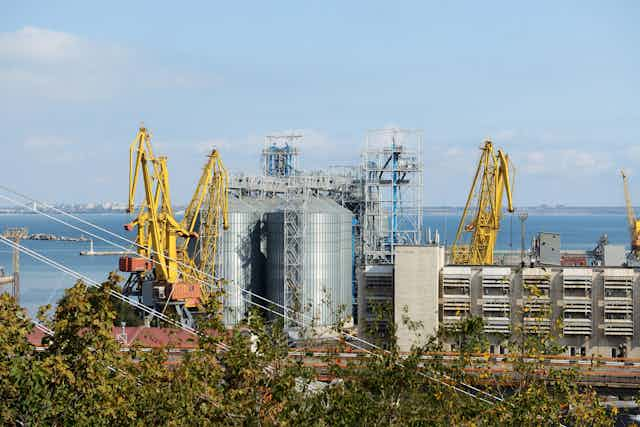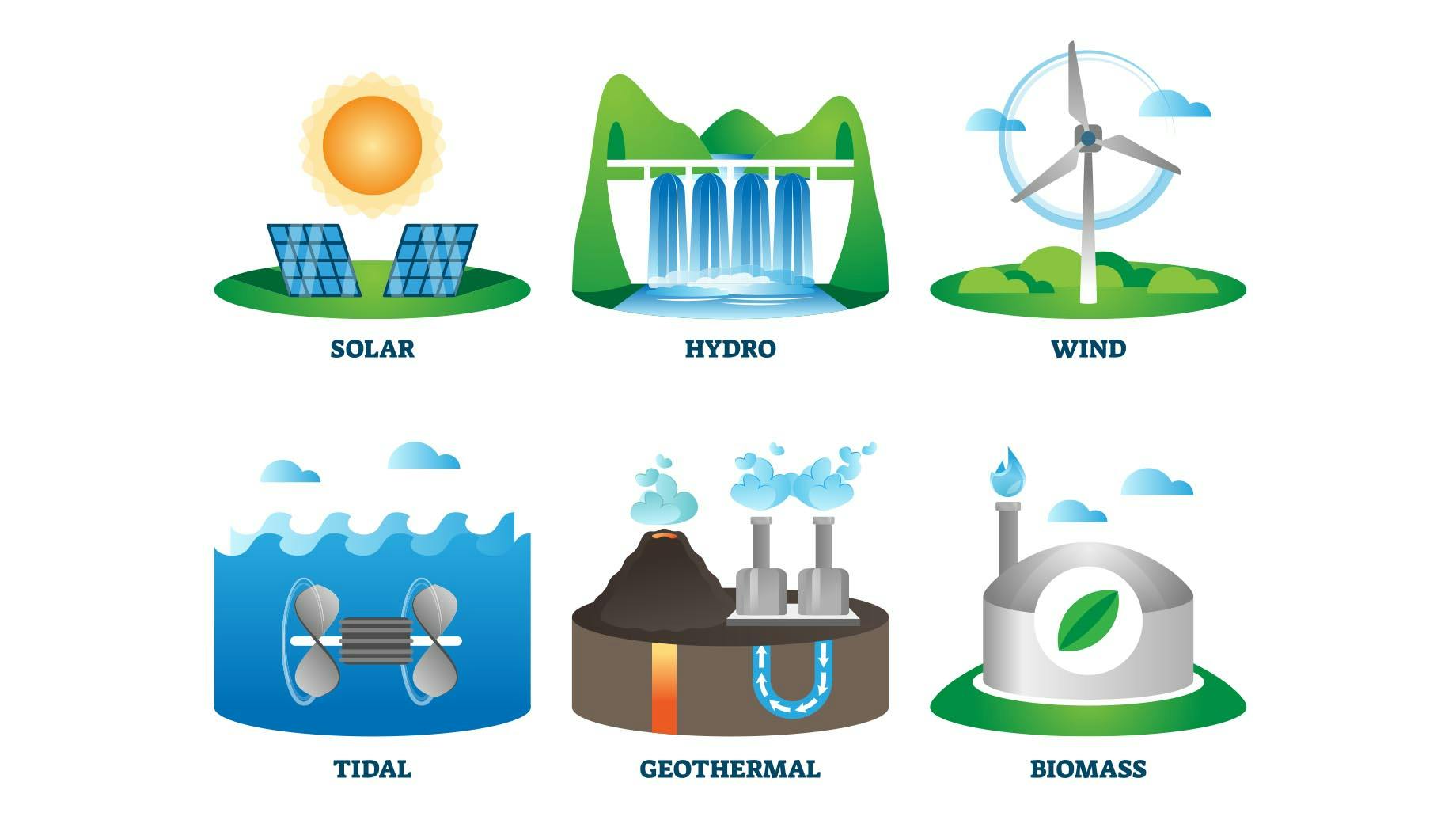Innovative architecture stands at the forefront of human ingenuity, continually pushing boundaries and redefining our built environment. From cutting-edge sustainable designs to revolutionary urban concepts, architects around the globe are shaping the future of our cities and landscapes. Let’s delve into some remarkable examples of innovative architecture that are paving the way for tomorrow’s world.
Sustainable Skyscrapers: The Rise of Green Architecture
One of the most significant trends in contemporary architecture is the emphasis on sustainability. With climate change looming large, architects are increasingly turning to eco-friendly materials and design principles to minimize environmental impact. One shining example is the Bosco Verticale in Milan, Italy. This pair of residential towers is adorned with thousands of trees and plants, serving as a green oasis in the heart of the city. Not only do these vertical forests absorb carbon dioxide and produce oxygen, but they also provide insulation, shade, and habitat for wildlife.
Parametric Design: Unleashing the Power of Computational Creativity
Parametric design, powered by advanced computational algorithms, is revolutionizing the way architects conceptualize and realize their visions. By harnessing the principles of mathematics and computer science, architects can generate complex, organic forms that were previously unimaginable. The Heydar Aliyev Center in Baku, Azerbaijan, designed by the late Zaha Hadid, is a stunning example of parametric architecture. Its flowing, undulating curves challenge traditional notions of space and gravity, creating a sense of fluidity and dynamism that captivates the imagination.
Smart Cities: Rethinking Urban Living for the Digital Age
As our world becomes increasingly interconnected, architects are exploring innovative ways to design cities that are smarter, more efficient, and more livable. Smart buildings equipped with sensors and IoT devices can monitor and optimize energy usage, improve safety and security, and enhance the overall quality of life for residents. The Masdar City project in Abu Dhabi, United Arab Emirates, is a pioneering example of a sustainable, technology-driven urban ecosystem. With its focus on renewable energy, zero-carbon transportation, and water conservation, Masdar City represents a bold vision for the cities of tomorrow.
Adaptive Reuse: Breathing New Life into Old Spaces
In a world grappling with rapid urbanization and dwindling resources, architects are turning to adaptive reuse as a sustainable solution for repurposing existing structures. By creatively transforming abandoned warehouses, industrial buildings, and historic landmarks, architects can breathe new life into these spaces while preserving their cultural heritage. The High Line in New York City is a prime example of adaptive reuse done right. What was once an abandoned elevated railway has been transformed into a vibrant public park, offering a unique blend of green space, art installations, and stunning views of the city skyline.
Biophilic Design: Connecting People with Nature
In an age dominated by technology and concrete jungles, architects are rediscovering the importance of incorporating nature into the built environment. Biophilic design seeks to foster a deep connection between humans and the natural world, promoting health, well-being, and creativity. The Singapore Changi Airport’s Jewel complex is a shining example of biophilic design. With its lush indoor gardens, cascading waterfalls, and abundant natural light, Jewel offers travelers a tranquil respite from the hustle and bustle of air travel, reconnecting them with the sights, sounds, and smells of the natural world.
Innovative architecture is more than just a means of shelter; it’s a reflection of our aspirations, values, and aspirations for the future. As architects continue to push the boundaries of what’s possible, we can look forward to a world where creativity, sustainability, and human-centric design converge to create spaces that inspire, uplift, and enrich our lives. Read more about architecture and design




